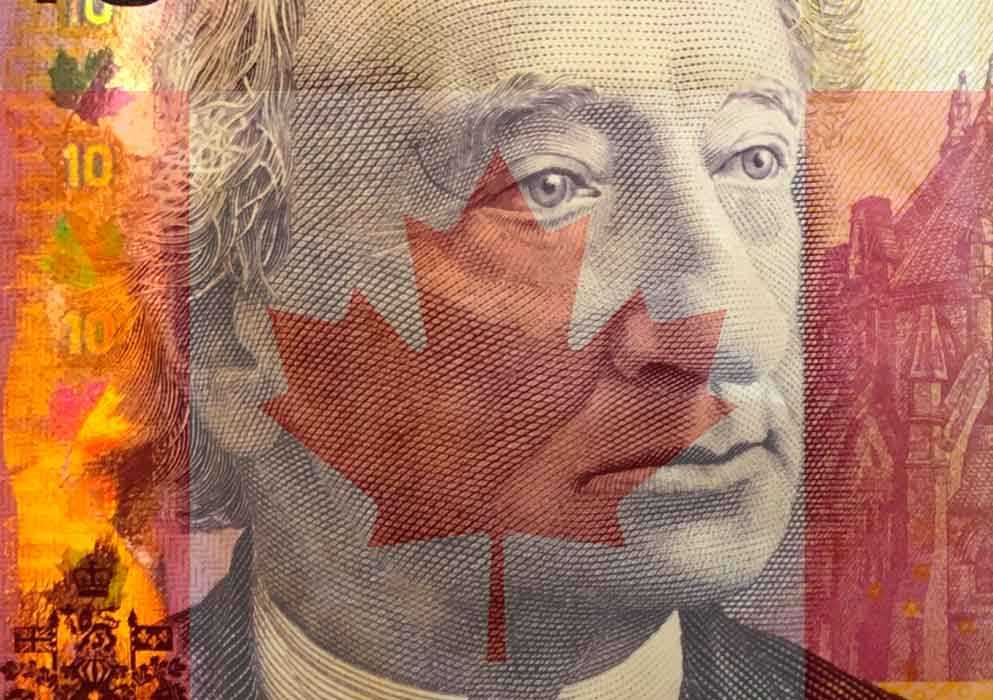Where to for the Loonie in 2025
Economists are predicting that the Canadian dollar could rise this year.

The Canadian dollar, often referred to as the “loonie,” has experienced notable fluctuations in recent years, influenced by a combination of domestic and international factors. As we progress through 2025, several key elements are shaping the currency’s trajectory: 
Interest Rate Divergence:
A significant factor affecting the loonie’s value is the divergence in monetary policies between Canada and the United States. The Bank of Canada has been on an easing path, reducing interest rates to stimulate economic growth, while the U.S. Federal Reserve has maintained higher rates. This disparity has led to a depreciation of the Canadian dollar, as investors seek higher returns offered by U.S. assets. Analysts anticipate that as this interest rate gap narrows towards the end of 2025, the Canadian dollar may experience a gradual appreciation.  
Trade Tensions and Tariff Implications:
The looming threat of U.S. tariffs on Canadian goods has introduced uncertainty into the market, exerting downward pressure on the loonie. President Donald Trump’s proposal of a 25% tariff on Canadian imports has raised concerns about potential negative impacts on Canada’s export-driven economy. This development has contributed to a mixed outlook for the Canadian dollar, with forecasts suggesting limited upside potential until trade tensions are resolved.  
Political Landscape:
Domestically, political shifts have also played a role in the currency’s performance. The resignation of Prime Minister Justin Trudeau has created a degree of political uncertainty, which traditionally weighs on investor confidence and, consequently, the currency. The direction of future fiscal and economic policies under new leadership will be pivotal in determining the loonie’s strength in the coming months.
Economic Indicators:
Canada’s economic performance, including GDP growth, employment rates, and commodity prices (notably oil), continues to influence the loonie’s valuation. A robust economic outlook, coupled with stable or rising oil prices, could bolster the currency. Conversely, economic slowdowns or declines in commodity prices may exert additional pressure on the loonie. 
Forecasted Trends:
Considering these factors, forecasts for the Canadian dollar in 2025 present a mixed picture. Some analysts predict a modest recovery, contingent upon the resolution of trade disputes and a narrowing interest rate gap. Others remain cautious, citing ongoing uncertainties that could limit significant appreciation. 
In conclusion, the Canadian dollar’s trajectory in 2025 is being shaped by a complex interplay of monetary policies, trade relations, political developments, and economic performance. Stakeholders should closely monitor these dynamics to navigate the evolving currency landscape effectively.
Disclaimer: Please note any provider recommendations, currency forecasts or any opinions of our authors should not be taken as a reference to buy or sell any financial product.
